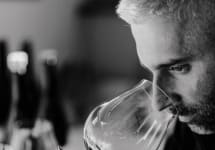Vietti Barolo Castiglione 2018
-
Robert
Parker -
Wilfred
Wong -
James
Suckling -
Wine
Spectator
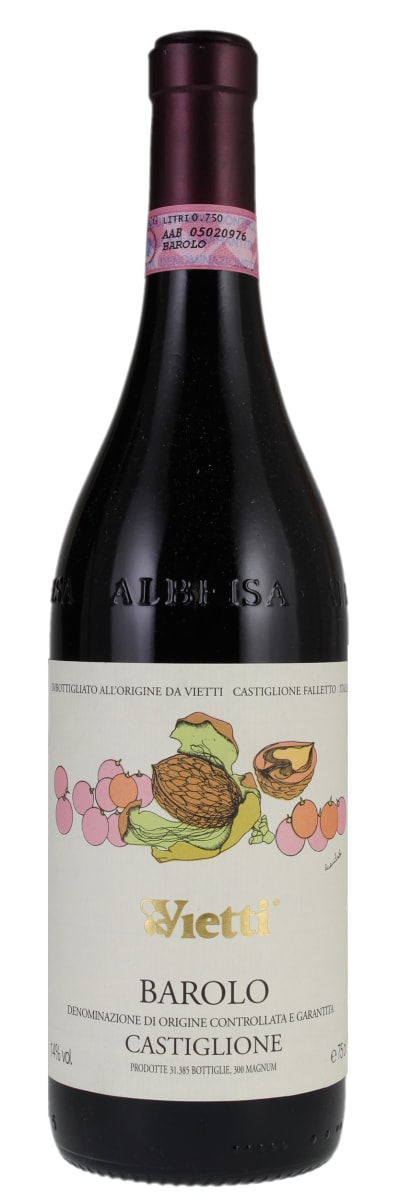


Product Details
Your Rating
Somm Note
Winemaker Notes
Aromatically this Barolo is delicate with notes of dried roses and violets, red cherries and a hint of fine baking spice. On the palate, the wine has mouth watering tannins with red fruit flavors, dried basil, and a kiss of leather.
Professional Ratings
-
Robert Parker's Wine Advocate
Vietti has the enormous advantage of 10 MGA sites at its disposition for blending purposes (and for making single-vineyard wines). This allows them to select the fruit they want to best express any one vintage. The 2018 Barolo Castiglione draws upon those 10 sites (including the recent additions of Mosconi, Ginestra, Bricco Ravera and Briccolina) to make what is ultimately its best-selling wine. This classic rendition is tonic and clean with varietal tones of wild berry, rose and rusty nail.
Best After 2024
-
Wilfred Wong of Wine.com
COMMENTARY: The 2018 Vietti Barolo Castiglione is racy and memorable on the palate. TASTING NOTES: This wine shines with aromas and flavors of black fruits, tar, minerality, and hints of floral nuances. Pair it with a garlic and rosemary-infused, oven-roast leg of lamb. (Tasted: November 19, 2022, San Francisco, CA)
-
James Suckling
Plenty of wild-berry character to the nose and palate. Medium-bodied with good fruit focus and firm tannin that will need a year or two to soften. Bright and youthful.
-
Wine Spectator
A savory version, boasting eucalyptus, juniper, earth and tobacco aromas and flavors around a core of cherry. Firm and dry, with a chalky feel on the finish. Elegant and refined. Best from 2025 through 2037.
Other Vintages
2020-
James
Suckling -
Robert
Parker
-
Robert
Parker -
James
Suckling - Vinous
-
Jeb
Dunnuck -
Wine
Spectator -
Wine
Enthusiast
-
James
Suckling -
Wine &
Spirits -
Jeb
Dunnuck -
Robert
Parker -
Wilfred
Wong -
Wine
Spectator
-
James
Suckling -
Jeb
Dunnuck -
Wilfred
Wong -
Robert
Parker - Decanter
-
Wine
Spectator
-
James
Suckling -
Robert
Parker -
Wine
Spectator -
Wine
Enthusiast
-
Wine
Spectator -
Robert
Parker -
James
Suckling
-
James
Suckling -
Robert
Parker
-
Robert
Parker -
Wine &
Spirits -
James
Suckling -
Wine
Spectator
-
Wine
Enthusiast -
James
Suckling
-
Robert
Parker -
James
Suckling -
Wine
Spectator
-
Robert
Parker
-
Robert
Parker -
Wine
Spectator -
Wine &
Spirits
-
Wine
Spectator -
Wine
Enthusiast -
Robert
Parker
-
Robert
Parker -
Wine
Spectator
-
Wine
Spectator
-
Wine
Spectator -
Robert
Parker
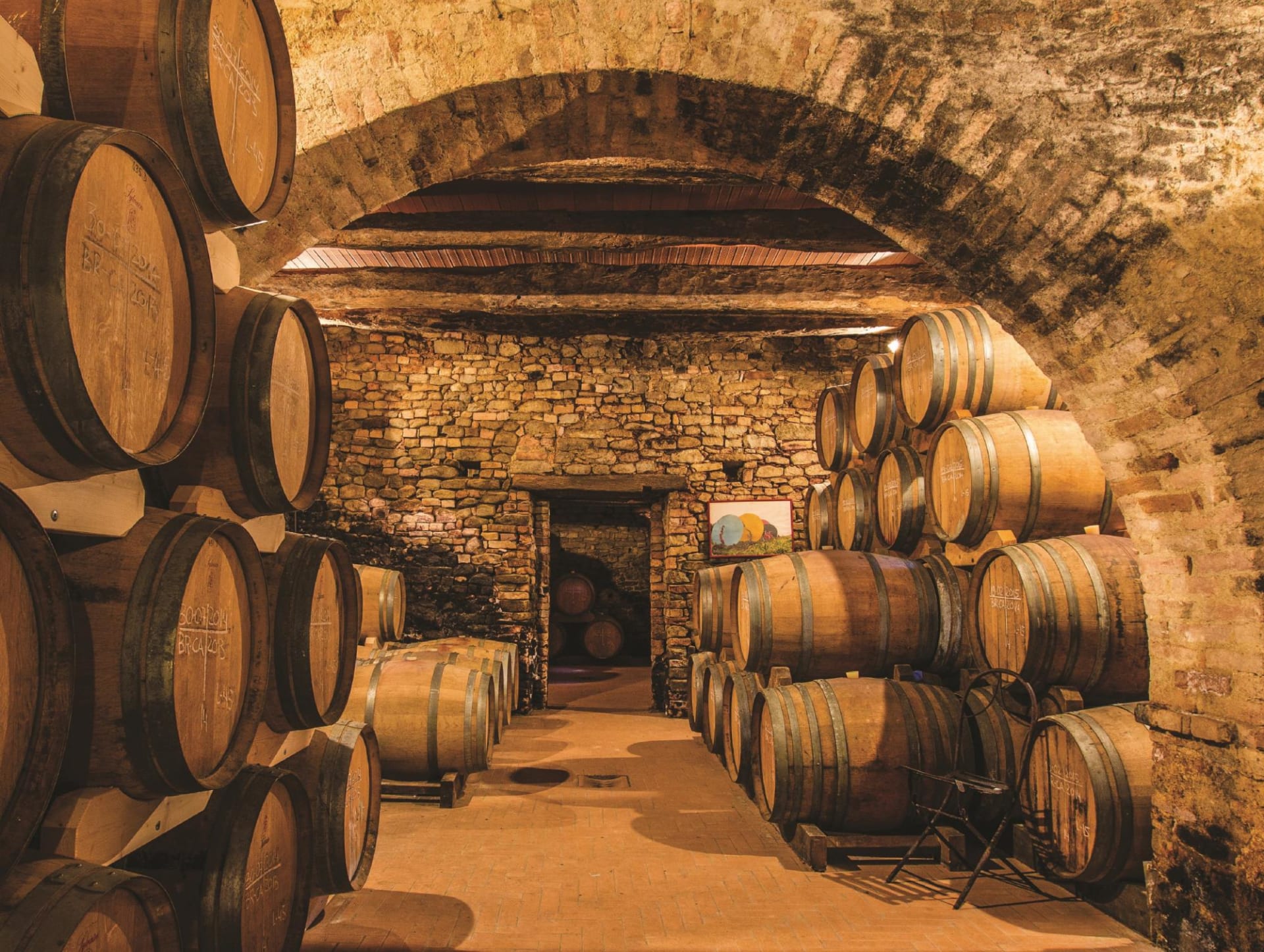
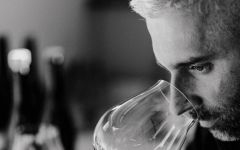

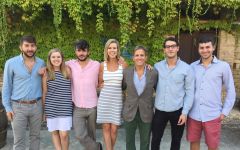
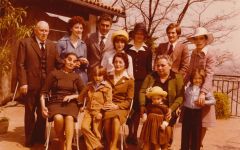
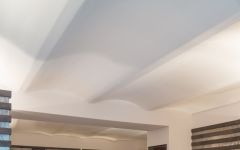
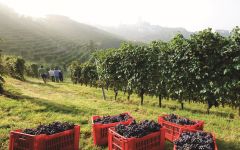
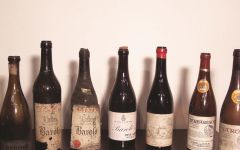
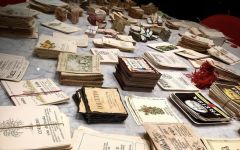
Located in the heart of the Langhe hills, at the top of the village of Castiglione Falletto, the Vietti wine cellar was founded in the late 1800's by Carlo Vietti. The estate has gradually grown over the course of time, and today the vineyards include some of the most highly prized terroirs within the Barolo and Barbaresco winegrowing areaS.
Although they have been making wine for four generations, the turning point came in the 1960's when Luciana Vietti married winemaker and art connoisseur Alfredo Currado, whose intuitions - from the production of one of the first Barolo crus (Rocche di Castiglione - 1961), through the single-varietal vinification of Arneis (1967) to the invention of Artist Labels (1974) - made him both symbol and architect of some of the most significant revolutions of the time.
Alfredo’s intellectual, professional, and prospective legacy was taken up by Luca Currado Vietti (Luciana and Alfredo’s son) and his wife Elena, who contributed greatly to the success of the Vietti brand before their departure in 2023. In 2016 the historic winery was acquired by Krause family. Over the last seven year, they have added a number of prized crus to the estate’s holdings. In 2022 the winery was named Winery of the Year by Antonio Galloni of Vinous.
Vietti is universally recognized today as being one of the very finest Italian wine labels - by continuing along the path of the pursuit of quality, considered experimentation and working for expansion and consolidation internationally.

Responsible for some of the most elegant and age-worthy wines in the world, Nebbiolo, named for the ubiquitous autumnal fog (called nebbia in Italian), is the star variety of northern Italy’s Piedmont region. Grown throughout the area, as well as in the neighboring Valle d’Aosta and Valtellina, it reaches its highest potential in the Piedmontese villages of Barolo, Barbaresco and Roero. Outside of Italy, growers are still very much in the experimentation stage but some success has been achieved in parts of California. Somm Secret—If you’re new to Nebbiolo, start with a charming, wallet-friendly, early-drinking Langhe Nebbiolo or Nebbiolo d'Alba.

The center of the production of the world’s most exclusive and age-worthy red wines made from Nebbiolo, the Barolo wine region includes five core townships: La Morra, Monforte d’Alba, Serralunga d’Alba, Castiglione Falletto and the Barolo village itself, as well as a few outlying villages. The landscape of Barolo, characterized by prominent and castle-topped hills, is full of history and romance centered on the Nebbiolo grape. Its wines, with the signature “tar and roses” aromas, have a deceptively light garnet color but full presence on the palate and plenty of tannins and acidity. In a well-made Barolo wine, one can expect to find complexity and good evolution with notes of, for example, strawberry, cherry, plum, leather, truffle, anise, fresh and dried herbs, tobacco and violets.
There are two predominant soil types here, which distinguish Barolo from the lesser surrounding areas. Compact and fertile Tortonian sandy marls define the vineyards farthest west and at higher elevations. Typically the Barolo wines coming from this side, from La Morra and Barolo, can be approachable relatively early on in their evolution and represent the “feminine” side of Barolo, often closer in style to Barbaresco with elegant perfume and fresh fruit.
On the eastern side of the Barolo wine region, Helvetian soils of compressed sandstone and chalks are less fertile, producing wines with intense body, power and structured tannins. This more “masculine” style comes from Monforte d’Alba and Serralunga d’Alba. The township of Castiglione Falletto covers a spine with both soil types.
The best Barolo wines need 10-15 years before they are ready to drink, and can further age for several decades.
